Under the Microscope – Walther Parson

Unknown perpetrators of crime cannot be identified with the current forensic use of DNA. The European Horizon 2020 Project VISAGE (Visual Attributes Through Genomics) aims to overcome this limitation by developing, validating, and implementing a set of molecular genetic tools for predicting appearance, age, and ancestry from unknown trace donors directly from their traces left […]
NIST Builds Statistical Foundation for Next-Generation Forensic DNA Profiling
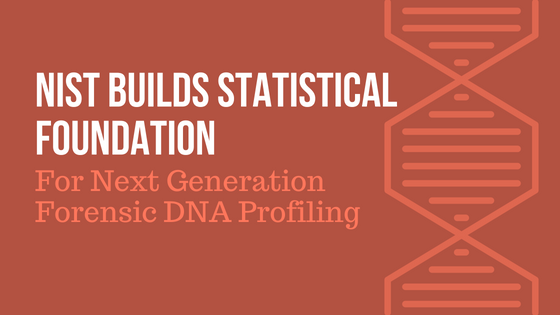
DNA is often considered the most reliable form of forensic evidence, and this reputation is based on the way DNA experts use statistics. When they compare the DNA left at a crime scene with the DNA of a suspect, experts generate statistics that describe how closely those DNA samples match. A jury can then take […]
The Future is Now for MPS mtDNA Analysis

Are you wondering what role MPS plays in forensic mtDNA analysis? Would you like to learn what systems are currently available for forensic MPS mtDNA analysis? Does the thought of validating and implementing MPS in your lab leave you anxious? In their workshop at ISHI 29, Mitchell Holland of Penn State University and Michael Brandhagen […]
Harder, Better, Faster, Stronger: The Petrous Bone as a Source of DNA for STR Typing and MPS Analysis
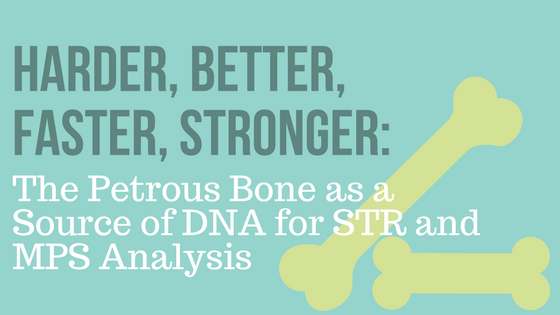
The human body of an adult individual is composed of approximately 206 bones. All of the bones in the adult skeleton consist of two structural components that are either spongy or compact. Generally, compact and dense bones are known to preserve DNA better than brittle bones. Therefore, the identification of skeletal remains in forensic genetics […]
POPSeq: The Human STR Sequence Diversity Database
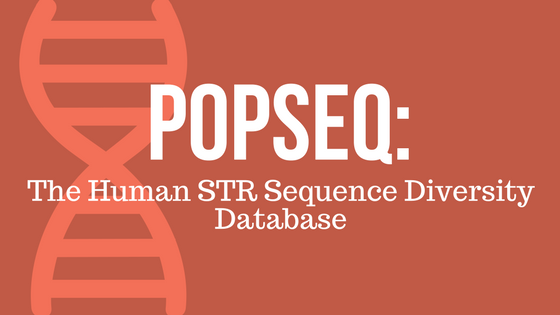
Next-generation sequencing (NGS), also referred to as massively parallel sequencing (MPS), is evolving at a rapid pace and opening new doors to more sensitive methods for genetic typing of forensic samples [1]. This technology allows for extremely high sample and genetic marker multiplexing of conventional forensic loci and also investigative genomic data. In the scope of […]
Toward Validation and Implementation of the MiSeq FGx Forensic Genomics System
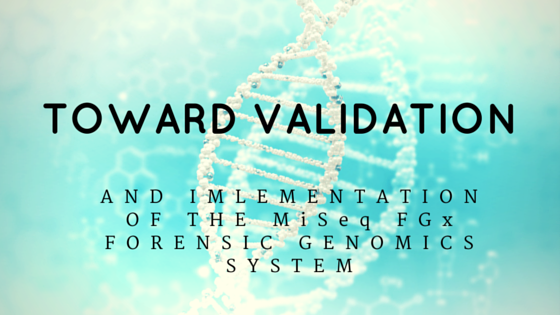
Submitted by Illumina Advances in massively parallel sequencing (MPS) and bioinformatics can now deliver more insight from forensic DNA samples than traditional methods have offered. Targeted MPS genotyping provides the highest resolution (at the nucleotide level) than ever before possible. MPS, also known as next generation sequencing (NGS), routinely provides economical, large volume sequencing to […]
Identifying 140 Year-Old Remains Using Massively Parallel DNA Sequencing
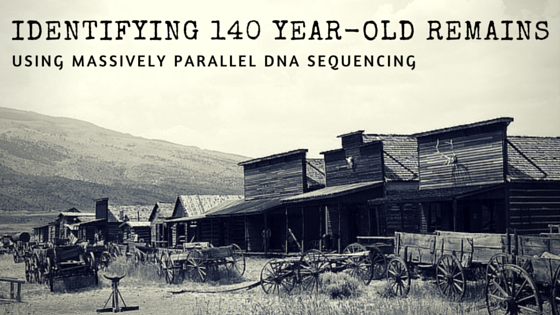
The goal of forensic DNA testing of human skeletal remains is identification of the unknown individual. A variety of genetic markers can be used to achieve identification, including highly polymorphic autosomal short tandem repeat (STR) loci and lineage markers (Y-STRs and mtDNA). However, reference samples must be available for comparison for these markers to be […]
Autosomal and Y-STR Analysis of Degraded DNA from the 120-Year-Old Skeletal Remains of Ezekiel Harper
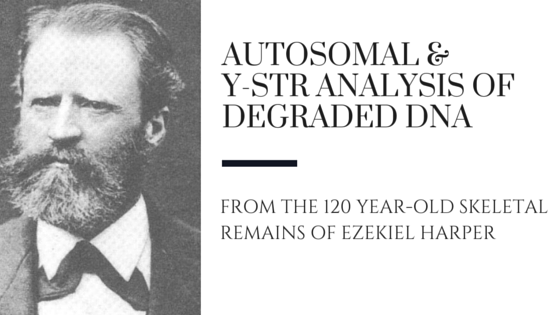
I have been involved in skeletal remains work for many years. I am fascinated with bones and their ability to survive for such long periods of time in harsh conditions, and I have long been a history buff (so I eagerly accept the challenge of the “few-and-far-between” historical cases when they come along). There is […]
Massively Parallel Sequencing for Forensic DNA Analysis
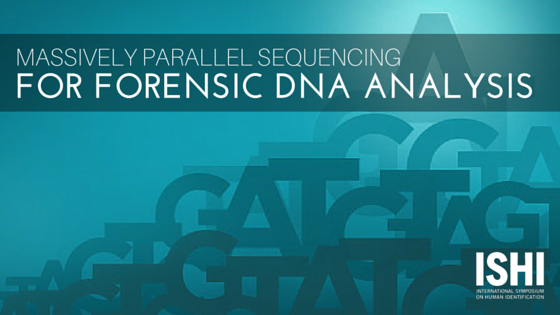
Massively parallel sequencing (MPS), also called next generation sequencing (NGS), has the potential to alleviate some of the biggest challenges facing forensic laboratories, namely degraded DNA and samples containing DNA from multiple contributors. Unlike capillary electrophoresis, MPS genotyping methods do not require fluorescently-labeled oligonucleotides to distinguish amplification products of similar size. Furthermore, it is not […]

